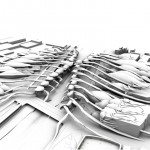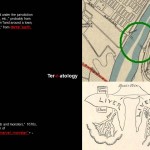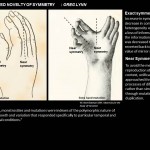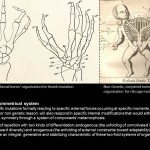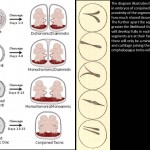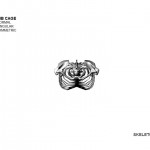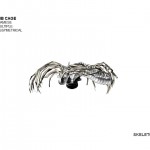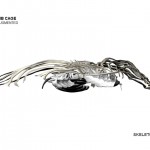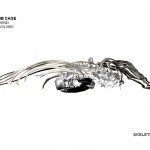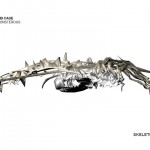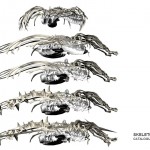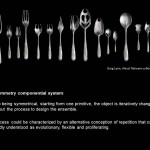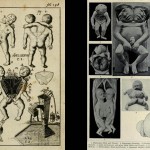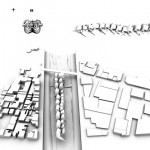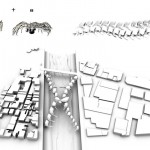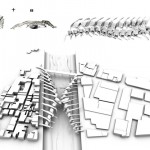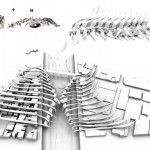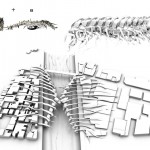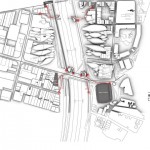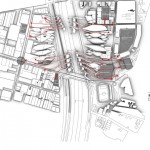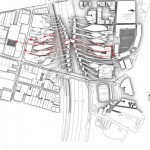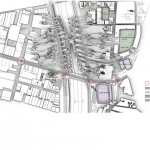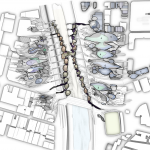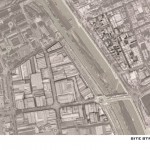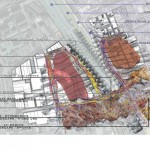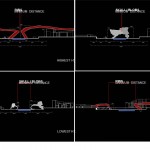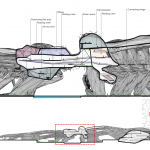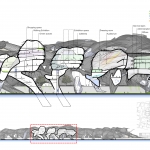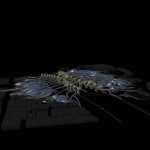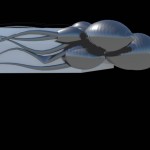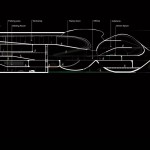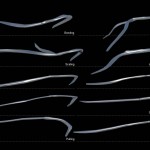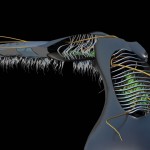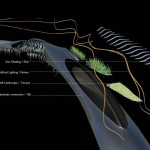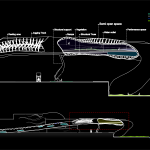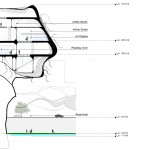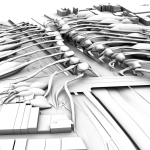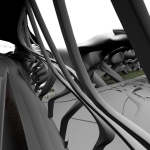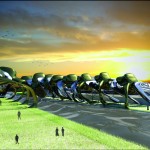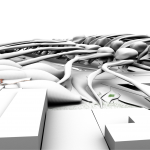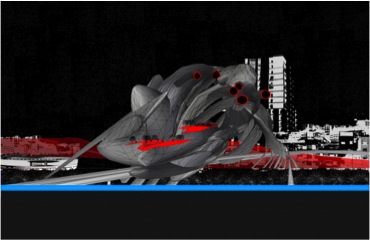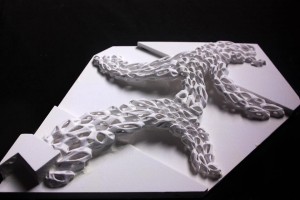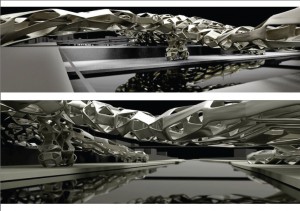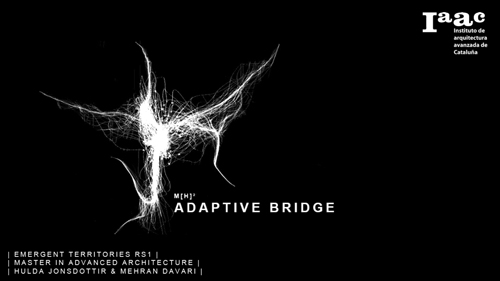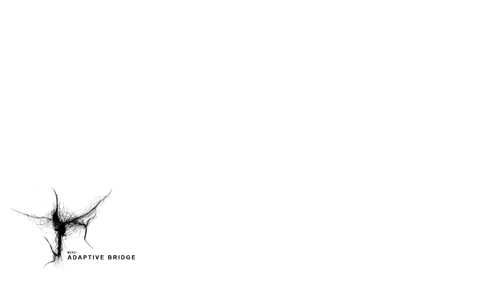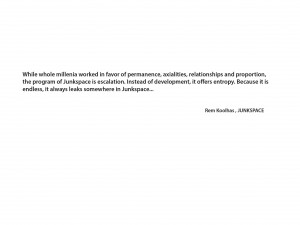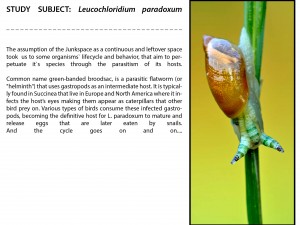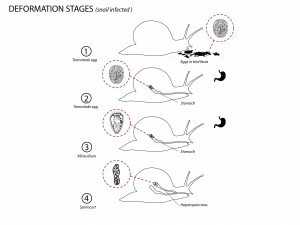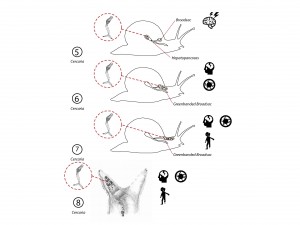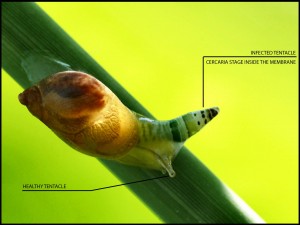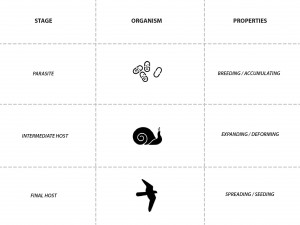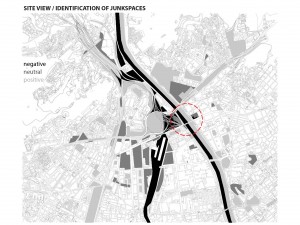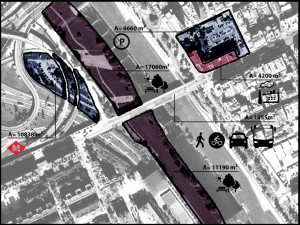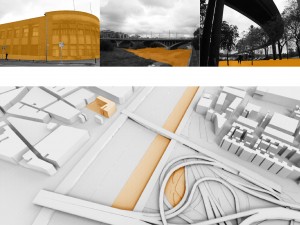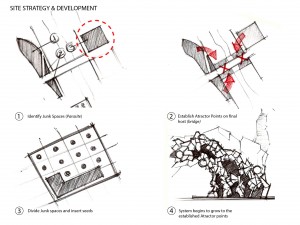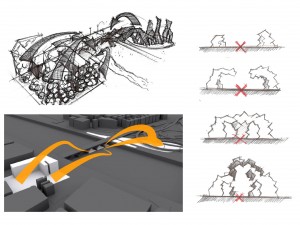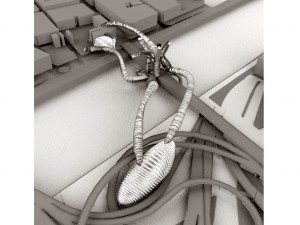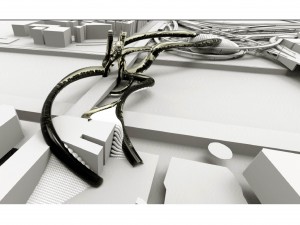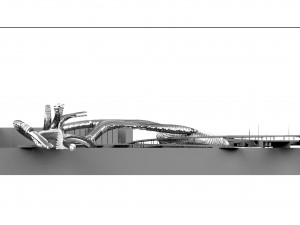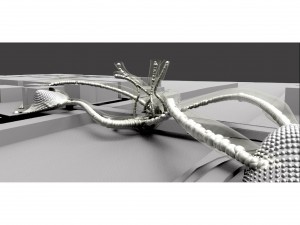Links
TER – R – ATOLOGY
Posted in Boghani Harsh Shailesh, Rasheed Shallah Comments closed
THE BLENDER BRIDGE
Posted in Ala Al Kadi Jazaierly, Jose Manuel Reyes Grimpel, Miguel Landinez, Uncategorized Comments closed
PARTICLE ADDITION BRIDGE
We studied a specific parasite, called Leucochloridium paradoxum or “green banded broodsac”, that affects snails and has as its main properties the proliferation inside their tentacles and its consecutive deformation, a behavior that inspired us to use an architectural symbol of the urbanised and functional Barcelona as the basic partice of our constructive system.
Through the agglomeration and the deformation of the Cerdá block, we came to a basic component that forms our bridge, with a range of porosity that increases with the lack of use of the spaces, connecting them and generating new ones.
Our project focuses on an area of the Besòs river called Nus de la Trinitat, a very large space, of approximately 70.000 squared meters, with a huge traffic node, built to decant the traffic of Barcelona`s metropolitan area. Summed to low density and social and economical problems, this infrastructural construction ends up in lots of under used areas and bad quality spaces.
The Besòs separates Barcelona from Santa Coloma, a different municipality, with more densification of dwelling and services and, although there`s a massive conector for vehicles, a lack of connectivity for people is noticed.
The disuse and residual carachteristic mainly of the Barcelona side and the specific situation of the Nus de la Trinitat took us to the concept of Junkspace, explored by Rem Koolhas on his homonym book.
Despite the critical ideas of the author about these spaces, we believe that they are part of every city, the reality of several public spaces and the only option for many people who live sunken in them. Assuming that, we want to propose the connection between these “junkspaces”, as parasites that are installed in the city and proliferate through other areas.
Adaptive Bridge
Swarm intelligence research deals with natural and artificial systems composed of many individuals that are coordinated using decentralized control and self-organization. This is a project to embrace complexity and to develop non-linear design that operates through multi-agent algorithms, generating an emergent architecture.
In particular, it focuses on the collective behaviours that result from the local interactions of the individuals with each other and with their environment. Examples of systems studied in this field are for example colonies of ants and termites.
Ants and termites are both examples of swarm intelligence but they behave differently. Termites use their behaviour to make a structure whereas ants use them self to design a methodology to make a structure. While researching about those creatures we discover the rules of this complex and efficient decentralize control and self-organization. Could these rules be extracted, analysed and with the correct material and technology be applied by humans in new territories?
Looking closer at ants and their swarm intelligence. Their collective behavior of decentralized, self-organized system, resulting from the local interactions of the individuals with each other and with their environment.
This behaviour of the ants allows them to solve their problems by aggregation. This system allows the ants to have a hierarchy and roles for each ant within their community. When heading out for food collecting the Pathfinders find the shortest and best path to take. They find obstacles on the route. Another set of ants come to fix the problem, fill the holes or build a bridge over the gaps so the food collectors can reach the maximum efficiency.


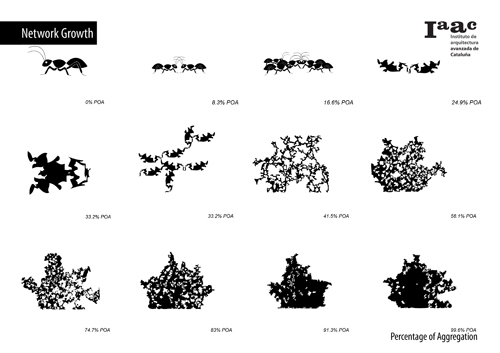
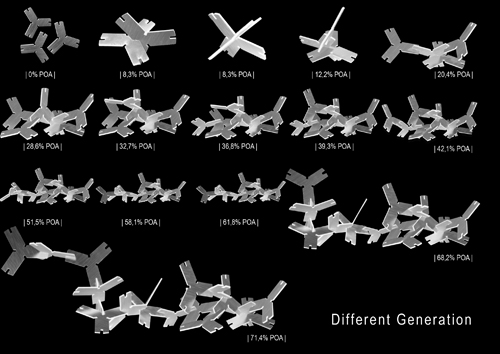
This project is situated in and around the Besós River in Barcelona. The river flows along Barcelona metropolitan area, connecting the Catalan Sea and the Mediterranean Sea. he site offers possibilities but its main problem is the lack of accessibility, both for public transport, cars, bicycles and pedestrians. In order to pass from one side of the river to the other, one might have to travel for up to an hour to reach one‘s destination, even though the river measures only 25m, in diameter. By ameliorating this problem of accessibility the site in the suburbs of Barcelona city will regain its potentials.
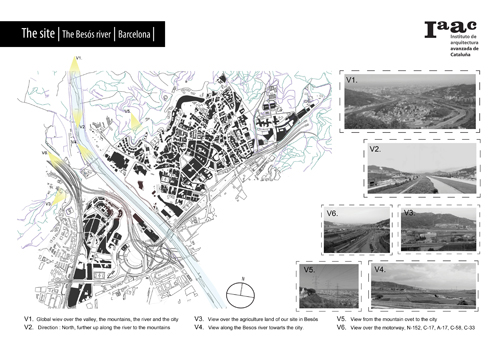
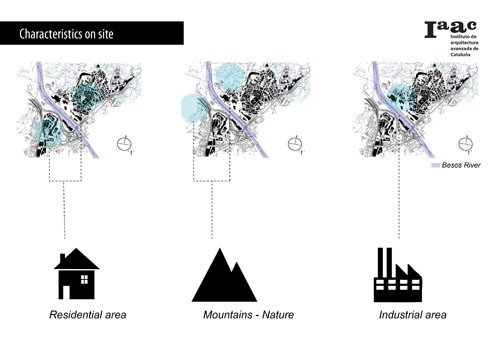
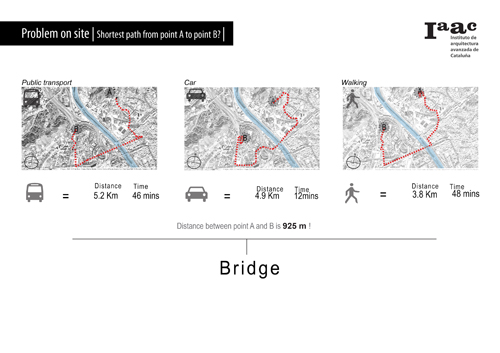


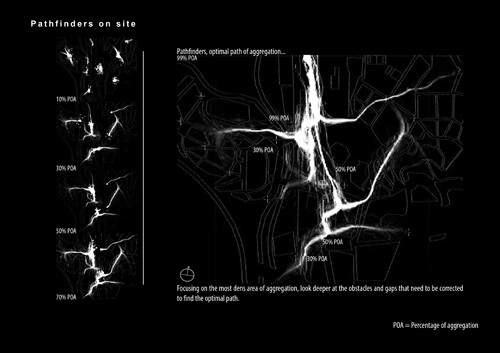
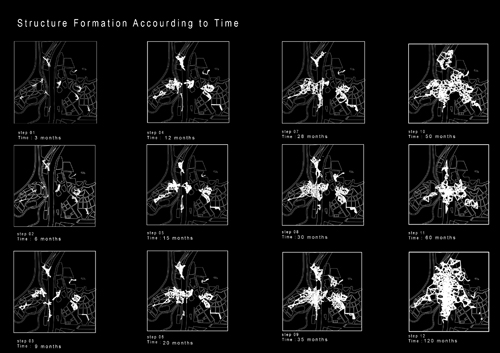
![011_site [Converted]](http://legacy.iaacblog.com/maa20122013emergentterritoriesradicalregion/files/2013/07/13-copy.jpg)
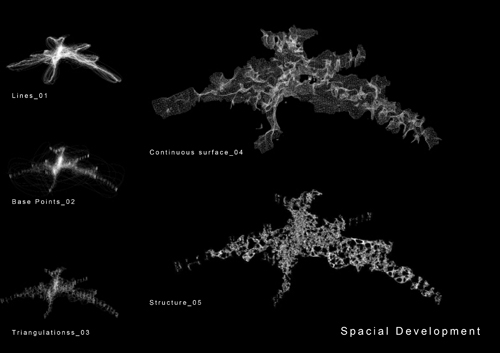
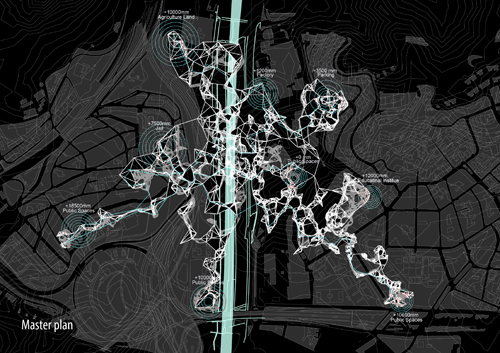
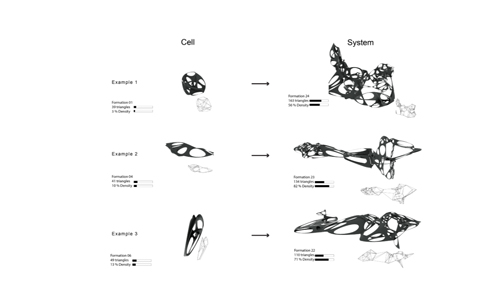
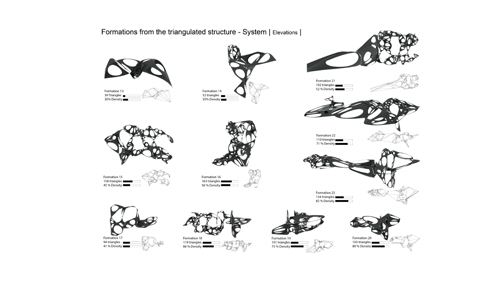

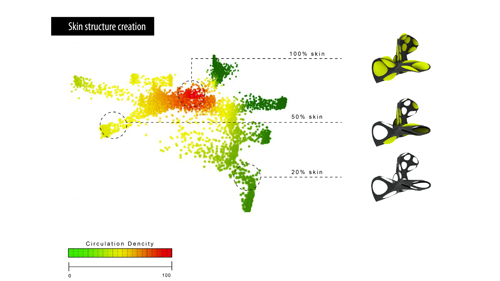
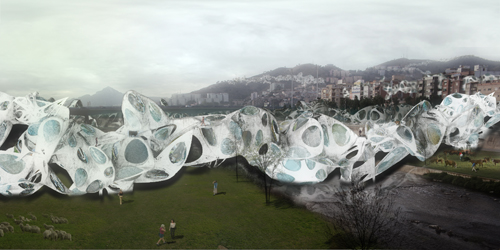
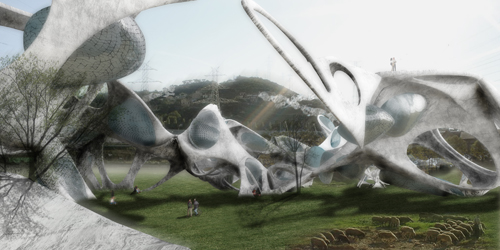
Visit the project Book publication :
http://issuu.com/huldajons/docs/maa01_book_final_02
http://issuu.com/mehran_davari/docs/maa01_book_final_02
Posted in Hulda Jonsdottir, Mehran Davari Dolatabadi Comments closed
Mid Term – Paracity
Posted in Juan Carlos Yepes Gallo, Pedro Moraes Comments closed

